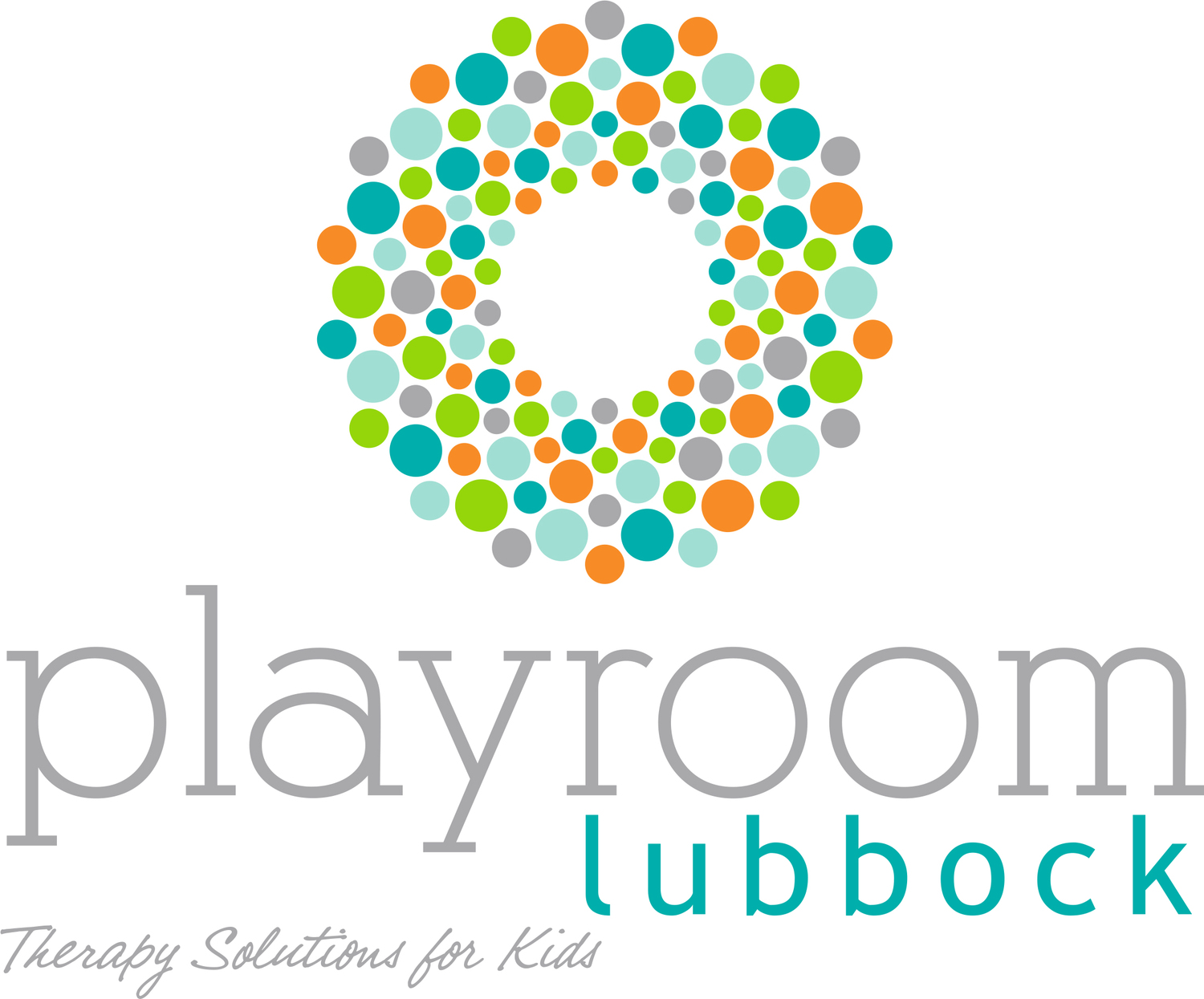This article gives educators a brief overview of the strategies adapted from the book, How to Talk so Kids will Listen and How to Listen so Kids will Talk by Faber and Mazlish and listed in their article "How to Talk So Students Listen and Listen so Students Talk." Hopefully these strategies will encourage cooperation and foster a healthy emotional climate for learning. Try some of them on and see which ones fit!
1. Acknowledge Children's Feelings.
Kids are more likely to hear what we have to say after we first acknowledge their feelings instead of ignoring or denying them.
Instead of saying, "That's nonsense...You just need to study." Try responding and respecting his/her feeling which will lead to a discussion of the problem and a possible resolution. "Something about that word problem is frustrating you." "Oh, you sound angry at Michael. He did something that upset you."
2. Describe the Problem
Using a nonjudgmental tone, describe the problem instead of accusing/commanding.
Instead of "How many times do I have to remind you to raise your hand?" Try: "I hear an answer, but I don't see a hand." Instead of "You forgot to answer the last question. Do it now." Try: You've almost finished your assignment. I see some more left to go."
3. Give Information (without insult)
Make statements brief and impersonal instead of scolding, accusing, or threatening. Try: "Rulers are not for poking people. Rulers are for measuring." OR "When you do that, it could break."
4. Offer a choice
Many times you can offer a choice to the manner of their learning to give students more control over their learning process. For example: "You can choose to work on your vocabulary now or at the end of this assignment."
5. Say it in a Word
Instead of lengthy reminders, say it in a word. Instead of "How many times do I have to tell you to not put your foot in the aisle? Do you want someone to trip and get hurt?" Try: "Sara, your foot."
6. Catch a child doing something right and describe it
Give your students a shot of encouragement by noticing their effort and describing it. For example, if a student asks "Was I good today?" Instead of responding with "Very good!" try responding with "You helped clean up your desk after the science project and you had some interesting thoughts during our class discussion."
7. Describe what you feel
Afford yourself the relief of being genuine. You can model a way to be angry without being hurtful. Instead of attacking: "What is wrong with this class? Why does it take forever to....how do you expect to learn if...." Try: "I feel impatient when we don't get to work promptly. I would like to see all notebooks opened and everyone ready to begin when the bell rings."
8. Put it in Writing
Pass a note or send a note home to communicate a concern, reminder, or a care.
9. Solve the Problem Together
Conduct a class meeting. Gather information about how the students are feeling about a particular issue and possible solutions. Come up with some ground rules they could all agree upon.
Hopefully some of these quick strategies will increase respect and cooperation in the classroom. Thank you educators for being attuned and committed to all of your students' needs.

